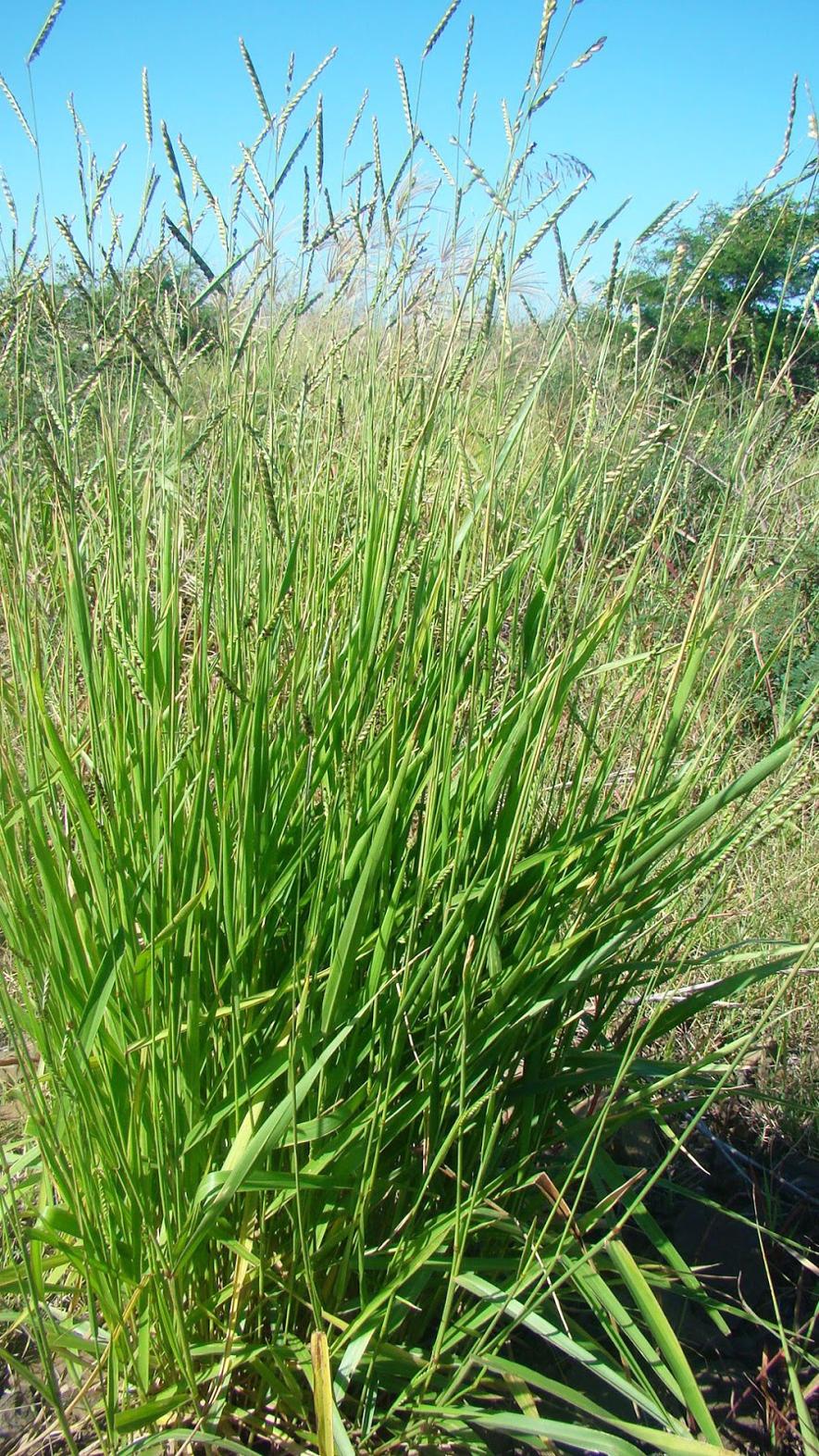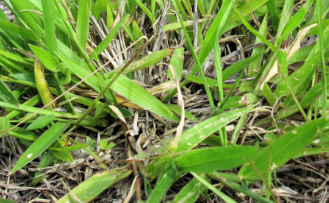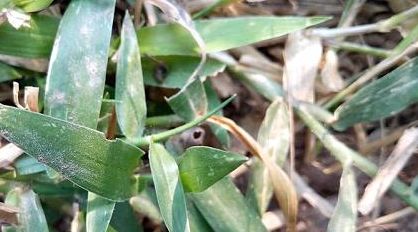Brazilian Signal Grass Plant
Brazilian Signal Grass (Urochloa decumbens) grows up to 3 ft, thrives in well-drained soil, full sun, moderate moisture, and is neither edible nor medicinal.

Habit
Grass
Height
50-100 cm
Growth
Fast
Soil
Well-drained, sandy
Shade
Full
Moisture
Moderate
Edible
No
Medicinal
No
Origin
Brazil
Climatic Condition
Tropical, Subtropical
Temperature (°)
20-35°C
Humidity (%)
60-80%
Potting media
Organic compost
Fertilizers
8:8:8 NPK
Watering
Regular
Plant Weight
N/A
Flowering Time
Non-flowering grass
Soil Ph level
5.5-6.5
Water Ph level
6.0-7.0
Soil EC
Low
Yield Per Plant
Livestock fodder
NPK ratio
20:10:10
life Span
Perennial
Health Benefits
Soil conservation
Suggested Grow Media or Potting Mix ?
50% compost, 25% sand, 25% peat moss
Suggested Fertigation/Fertilizers
Fertilize every 4-6 weeks with balanced liquid fertilizer.
Common Diseases and Remedies
Leaf Blight, Rust, Fusarium Wilt, Downy Mildew, Root Rot.
Yellow or brown lesions on leaves, Reddish-brown pustules on leaves, Yellowing and wilting, White, downy fungal growth on leaves, Wilting and stunted growth.
Copper-based fungicides, Fungicides with propiconazole, Fungicides with tebuconazole, Fungicides with mancozeb, Soil-applied fungicides.
HEALTH BENEFITS
· Primarily used as fodder for livestock rather than for human health benefits.
· Some traditional uses include soil improvement and erosion control, indirectly benefiting agricultural sustainability.

